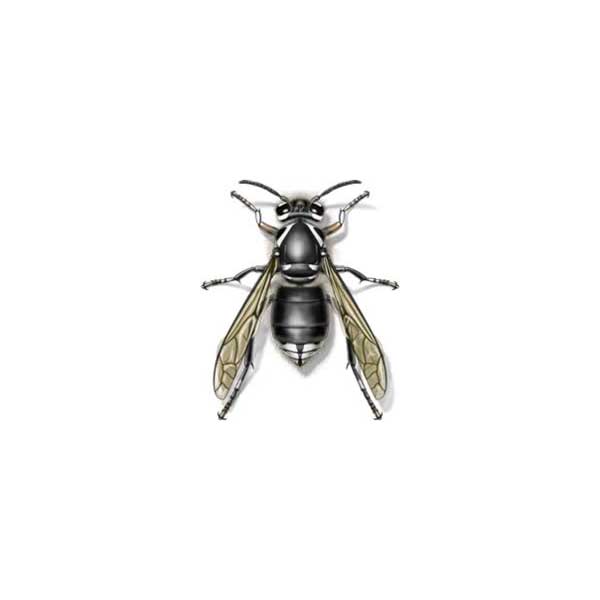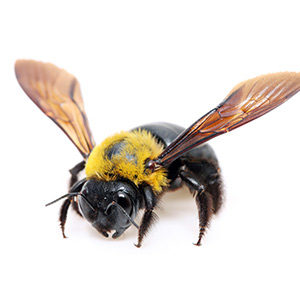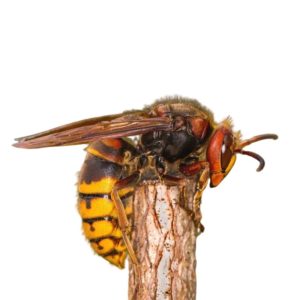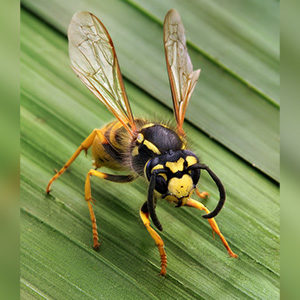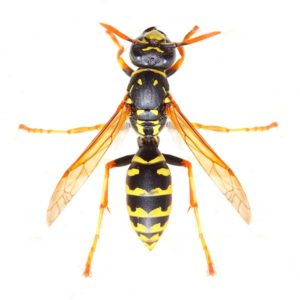Description
| Size | 12 to 15 mm |
| Characteristics | Black with an ivory-white pattern on the face. |
| Legs | 6 |
| Antennae | Yes |
| Habitat | Builds greyish, paper-textured nests in spaces at least three feet of the ground. Trees, landscaping, and siding are all popular places for bald-faced hornets. |
| Habits |
|
| Bald-Faced Hornets in the Pacific North West | Bald-faced hornets are a common stinging insect in the Pacific Northwest, particularly in the late summer months. Though these wasps look very similar to yellowjackets, they have distinct ivory-white markings on their faces. Bald-faced hornets typically consume live prey, such as flies or other insects. Because these wasps help control insect populations, they can be beneficial to the environment. However, they can also be aggressive and defensive over their nests, which can be a problem if they invade a home or building. |
| Bald-Faced Hornet Habitat | Bald-faced hornets prefer to build their nests above the ground, and they often invade human structures such as playground equipment, landscaping, or eaves of buildings. When fully formed, these nests are usually egg-shaped and grey in color. These nests are also quite large, with some measuring over 24 inches in length and 30 inches in diameter. The bald-faced hornets build their nests in spring and early summer by chewing up the cellulose found in wood fibers and plant matter, which gives the nest a papery appearance. |
| Bald-Faced Hornet Behavior, Threats, and Dangers | Bald-faced hornets are an aggressive species of stinging insects. Their venom can cause pain and swelling for about 24 hours, and their stings can be extremely dangerous for people who are allergic to bees. Bald-faced hornets are most likely to invade homes in the fall as temperatures drop. If you spot a nest on or around your property, call a professional pest control company to remove these pests safely and effectively. |
